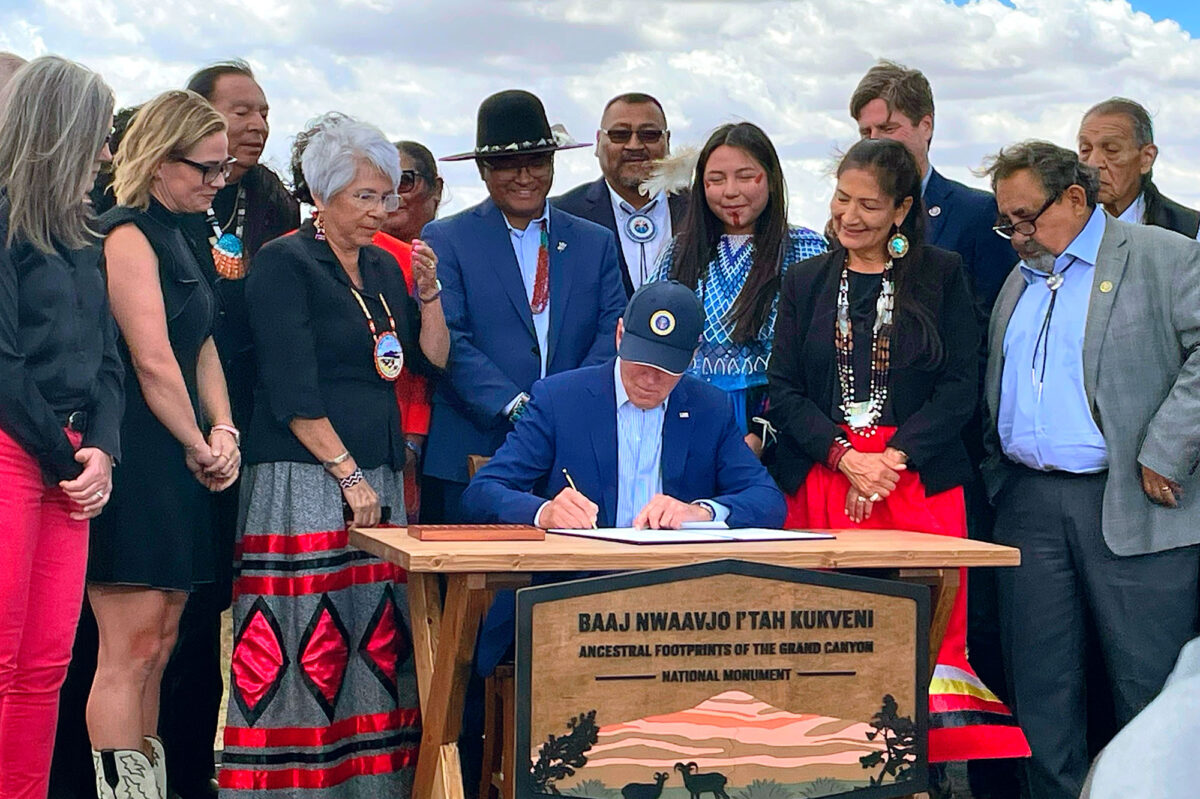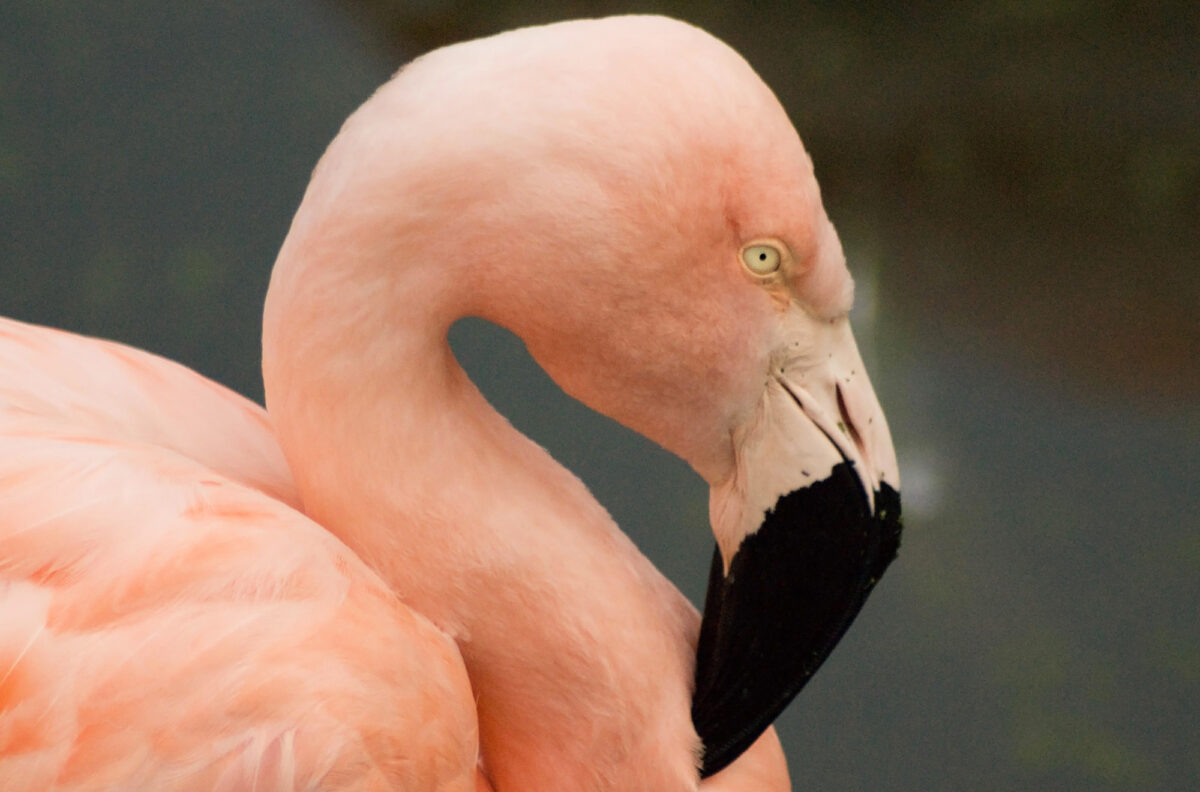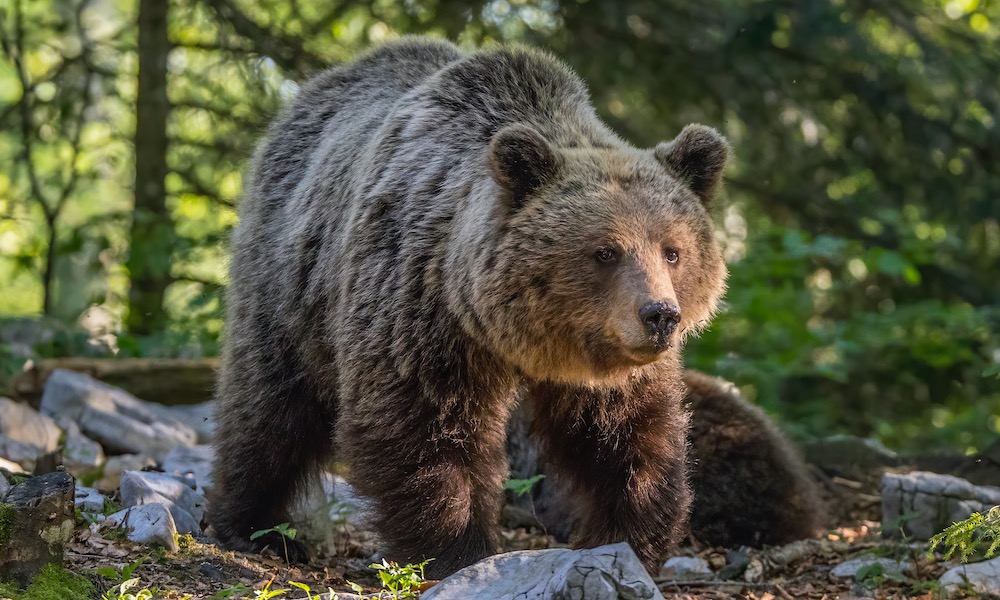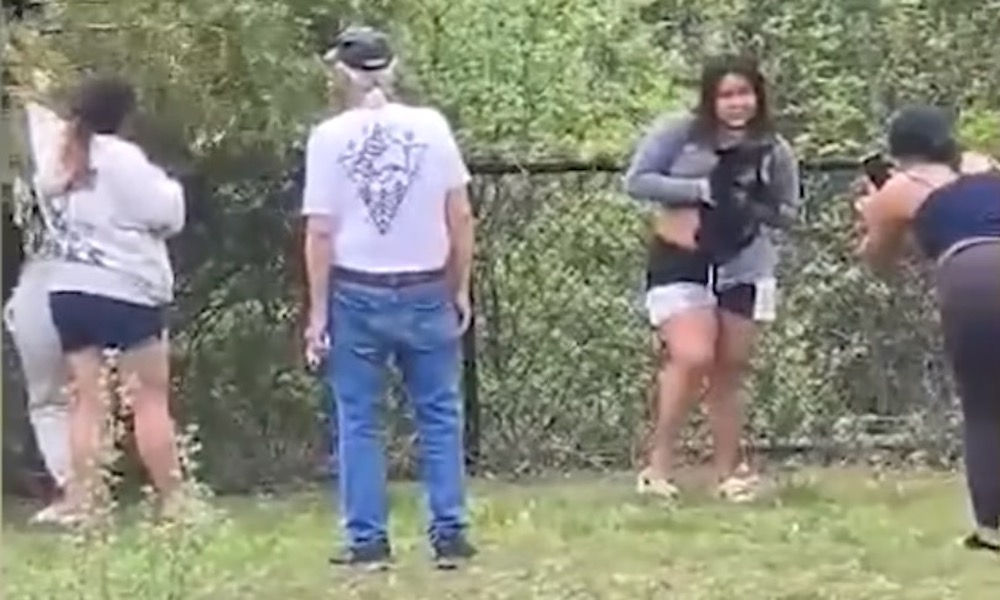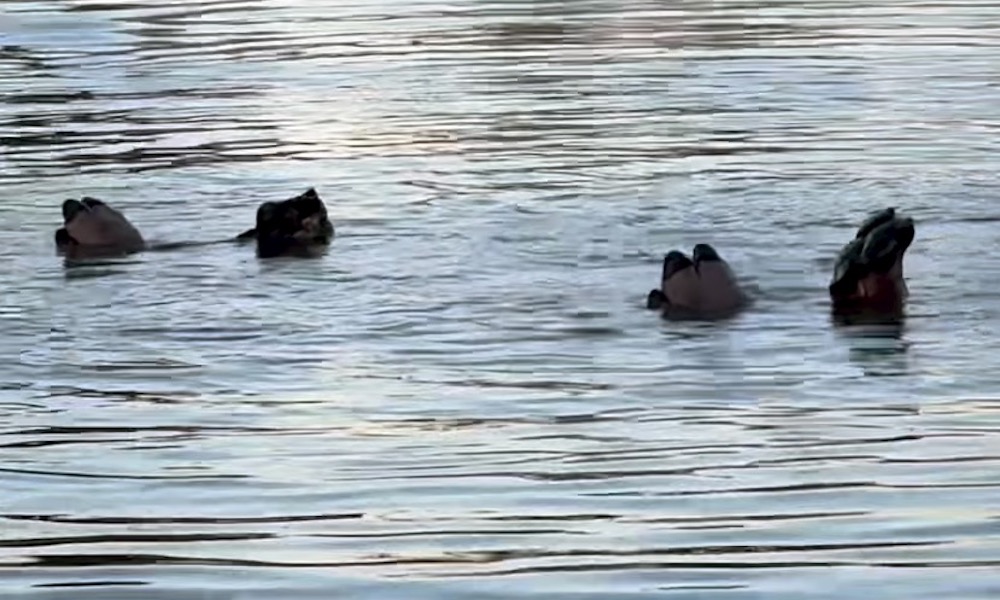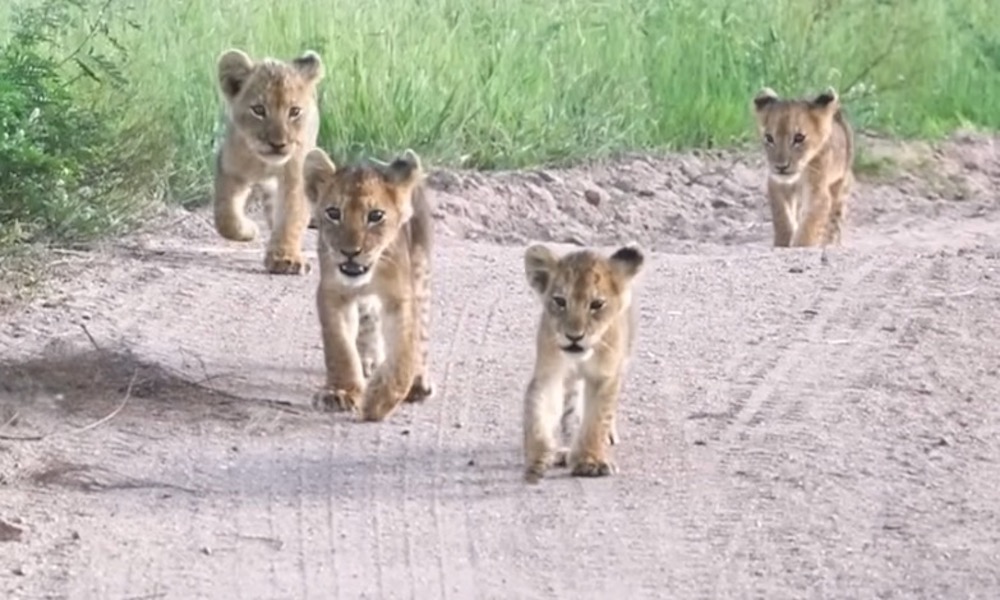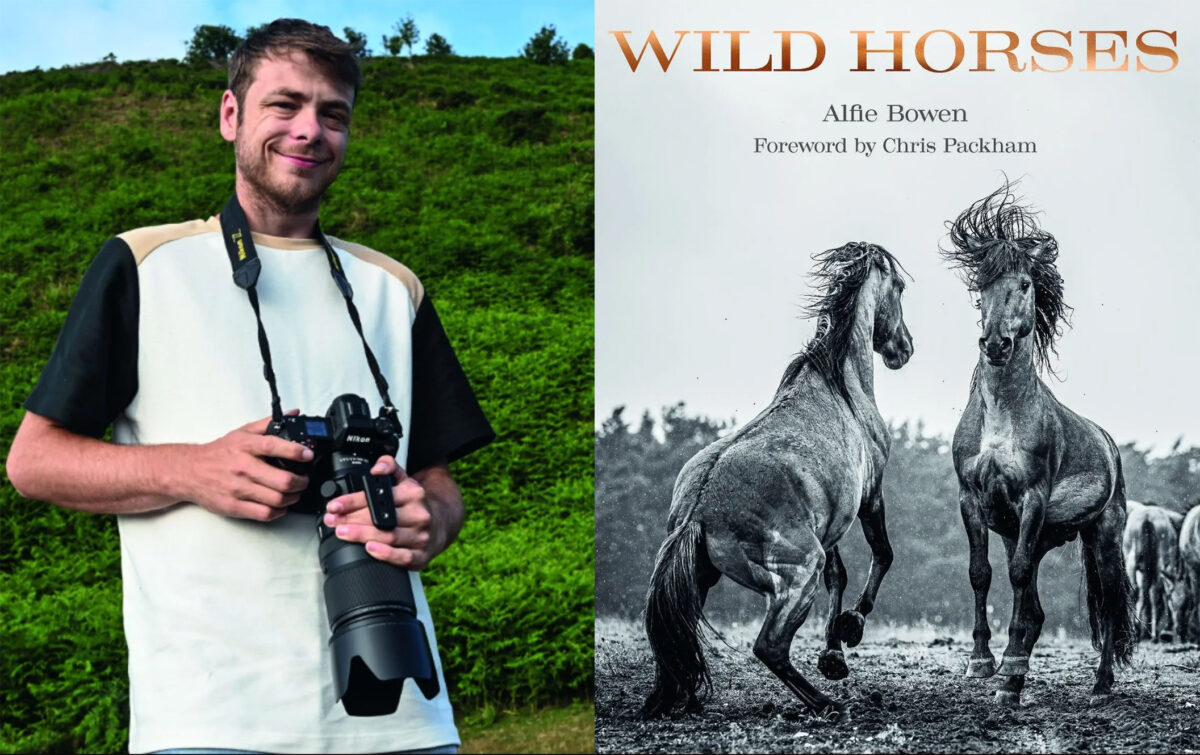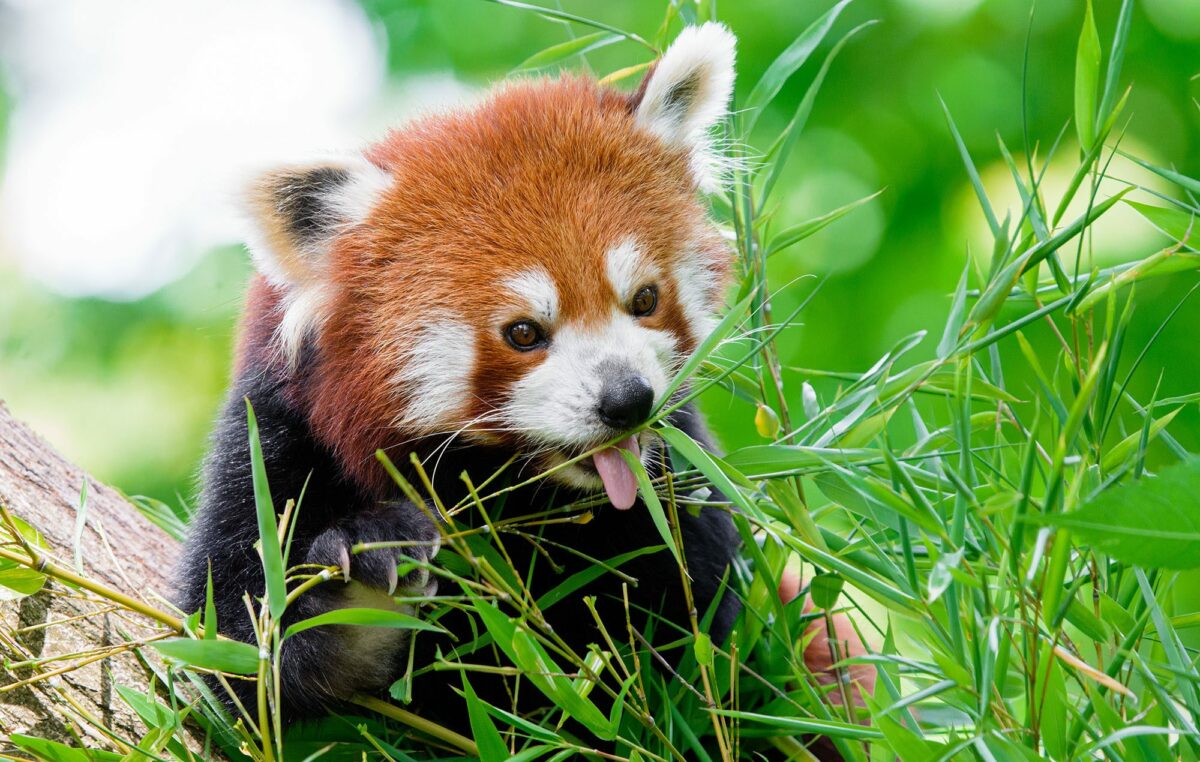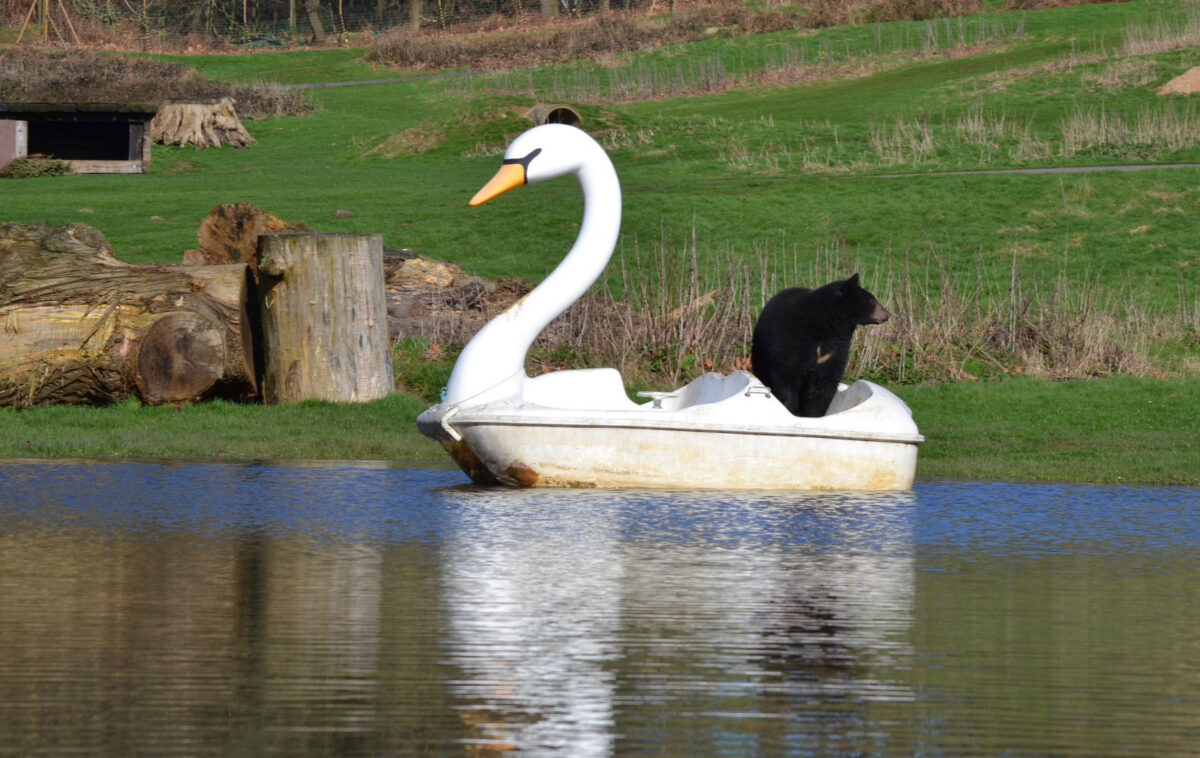Conservation groups are rising to defend Baaj Nwaavjo I’tah Kukveni, also known as Ancestral Footprints of the Grand Canyon National Monument, from Arizona lawsuits. For almost a year, controversy has followed this 900,000-acre site adjacent to Grand Canyon National Park.
The national monument has great cultural significance to several Native American tribes. It also holds water critical for the Havasupai Tribe and resident wildlife such as bald eagles, mule deer, and chisel-toothed kangaroo rats. Last August, President Biden recognized the site’s importance by designating Baaj Nwaavjo I’tah Kukveni – Ancestral Footprints of the Grand Canyon a national monument.
As a White House fact sheet explains, “Baaj nwaavjo (BAAHJ – NUH-WAAHV-JOH) means ‘where Indigenous peoples roam’ in the Havasupai language, and i’tah kukveni (EE-TAH – KOOK-VENNY) means ‘our ancestral footprints’ in the Hopi language. The name reflects the significance of the Grand Canyon area, not just to one, but to many Tribal Nations.”

Controversy arose from the Arizona legislature’s opposition to another national monument. In February, the legislature and others filed lawsuits to overturn the monument designation. They targeted the Antiquities Act, which allows presidents to establish national monuments at their sole discretion. Since President Theodore Roosevelt signed the Antiquities Act in 1906, 16 presidents have used it more than 150 times to establish new national monuments or to expand existing ones. The act has often proved unpopular with businesses looking to extract resources from these lands. A similar fight is ongoing in Utah over Bears Ears and Grand Staircase-Escalante National Monuments.

In the case of Baaj Nwaavjo I’tah Kukveni, ranchers and uranium miners feel threatened. “Biden’s maneuver is incredibly disingenuous, as it has nothing to do with protecting actual artifacts,” Arizona Senate President Warren Petersen said in a statement in February. “Instead, it aims to halt all mining, ranching, and other local uses of federal lands that are critical to our energy independence from adversary foreign nations, our food supply and the strength of our economy.”

Conservation groups, who this week filed a motion to intervene in defense of Biden and the monument, tell a different story. “The critical significance of this lawfully designated monument to the well-being and long-term resilience of Tribal communities, Grand Canyon’s waters and wildlife, the Colorado River, our Grand Canyon state, the nation, and the world cannot be overstated,” Kelly Burke, executive director for Wild Arizona, said in a statement. “Apparently all this is lost on the Arizona legislature’s leadership, and is why we are committed to stand with Tribal nations in defense of this treasured living landscape against such self-serving attacks.”
